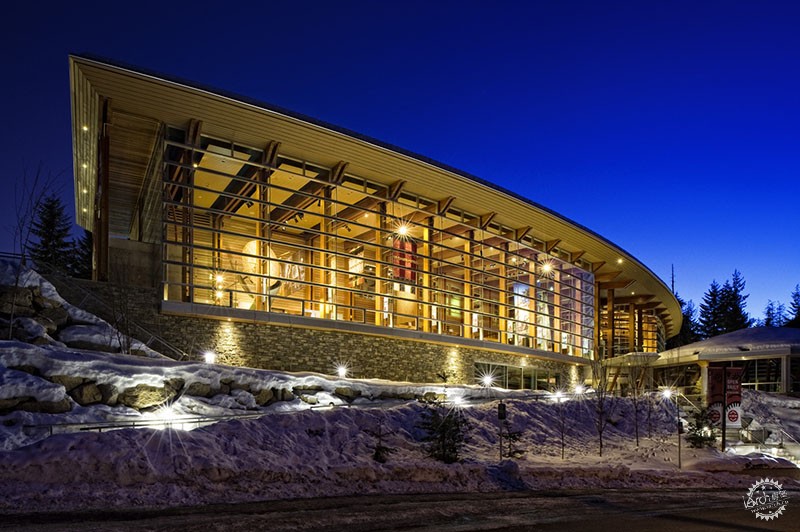
Image © Formline Architecture
传统社区的4个设计原则
4 Principles of Designing with Indigenous Communities
由专筑网李韧,邢子编译
建筑师与股东们之间的合作还有一种更为普遍的形式,那便是本土合作设计模式,这是建筑师和当地社区之间的合作交流过程。加拿大皇家建筑学会近期针对设计师、客户、投资者以及策划者发布了独特的设计指南,目的是促进本土合作设计模式的发展。
RAIC国际本土建筑设计研讨会于2017年5月召开,其中公布了建筑合作设计的4个案例项目。这些项目在3个第一民族和1个因纽特社区的背景下,探索了加拿大的当地合作建筑的发展,而它们也分别属于以下类别,即学校、社区与文化中心、行政与商业中心,以及住宅。
每个案例的项目都表达了当地本土人民与自然世界之间的关系,同时也反映了他们的生活理念,其中包括传统、文化、价值、生活方式,以及思维灵感。建筑师、设计师、当地负责人、社区领导、政府人员、承包商、施工公司人员、学术负责人、政府投资者等相关人员都就此类问题提出疑问。这些案例研究由Ottowa顾问Louise Atkins主要负责,其中总结了合作设计的重要信息。因此,文本总结了本土传统设计的4个基本原则。
Indigenous co-design—a more specific form of the general concept of co-design in which an architect collaborates with a stakeholder community—is a collaborative design process between architects and the Indigenous community as the client. The Royal Architectural Institute of Canada (RAIC) recently released a unique resource aimed at designers, clients, funders and policymakers looking for a guide in Indigenous co-design.
Four Case Studies Exemplifying Best Practices in Architectural Co-design and Building with First Nations builds on the success of the RAIC International Indigenous Architecture and Design Symposium held in May 2017. The four case studies set out to explore best practices in Indigenous co-design in the context of three First Nations and one Inuit community in Canada, with one case study selected from each of the four asset classes: "schools, community and cultural centers, administration and business centers, and housing."
Each case study is anchored in the Indigenous peoples’ connection with the natural world and reflects who they are as people—their "traditions, culture, values and lifestyles, and their aspirations." Interviews were conducted with architects and designers, Indigenous chiefs, community leaders, government employees, contractors and construction company officials, academics and government funders asking questions related to the collaborative experience in architectural co-design. Out of this case study research, done by Ottowa consultant Louise Atkins, come the most important aspects of co-design. The report offers four best practice principles, which we at ArchDaily have boiled down to "4 'I's of Indigenous co-design."
1、设计初始

Image © EVOQ Architecture
每种本土文化都有独特的习俗与传统,那么每个项目的出发点也各不相同,例如小规模的改造项目和大型文化中心项目,每个项目在社会中都有着特定的需求和目的。而这一特征与传统建筑设计方式并没有区别,但区别在于社区的特殊文化背景,这在合作设计中非常重要。
举例来说,加拿大斯阔米什Lil'Wat文化中心项目起始于旅游集散枢纽,这也是为了庆祝第一民族的两个遗产文化背景。在经过商讨之后,国家政府在2002年申办了2010年冬季奥运会,这对这个项目起到了促进作用,让各方对该项目的看法达成了一致。温哥华在2003年赢得了投标,国家财政也对此项目进行了投资支持。
1. Initiation
Just as each Indigenous culture has its own customs and traditions, the initiation of each case study project was also different. Ranging from a smaller-scale renovation project to a substantial cultural center, each project met a specific need in its respective society. This characteristic is not specifically different from traditional architectural practice, but it is particularly important when it comes to co-design due to the unique community relationship.
For example, the parties involved in the Squamish Lil'Wat Cultural Center started with a vision for a tourism hub, celebrating the heritage of the two First Nations. After a period of bi-partisan leadership, the partners used the 2002 bid for the 2010 Winter Olympics as a catalyst to create an agreement for a joint Squamish and Lil'Wat cultural center. After Vancouver won the bid in 2003, the financial backing afforded the First Nations the opportunity to push the project forward.

Image © Sperlich Log Construction Inc
相比起诸如Quilakwa中心等文化中心项目,这座建筑由一座烧毁的便利店改造,最终用作社区管理中心和艺术商店,从这个项目中,你便能感受到项目初始的文化气息。因此,正如研讨会的报告所述,这些项目让“本土居民回归自由,同时满足他们的需求”。
Compare the Cultural Center case study to that of the Quilakwa Centre—a renovation of a burned-down convenience store that turned into a tribal administrative hub and artisan shop—and you can begin to see the importance of the expression of culture from the very beginning of the project, no matter the scale. As explained in the report, this ultimately gives "agency back to Indigenous people and promoting their aspirations."
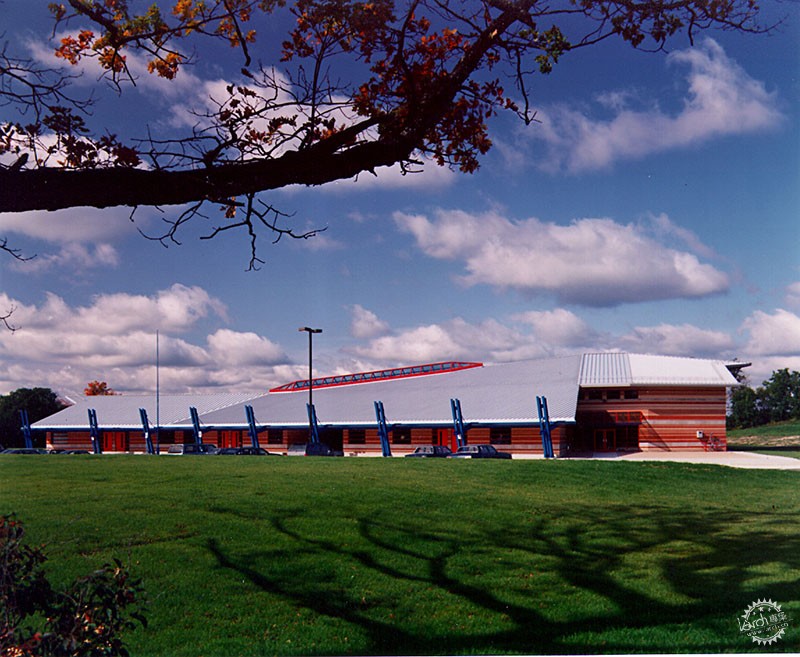
Image © www.mmmc.on.ca
2、项目识别性
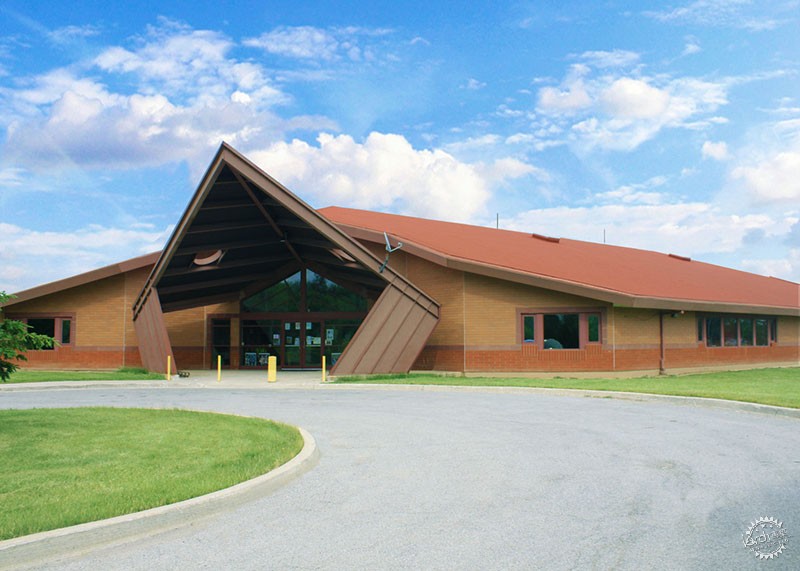
Image © Two Row Architect
每种背景状况都有着独特的矛盾,同时也在社区具有独特的身份特征,在每个项目中,建筑都存在于自然与社会环境之中,同时结合了传统的设计方式,而这些项目通过自然加热、冷却、空气循环系统、传统机械系统来优化建筑性能。在不同的项目中,当地设计人员都十分强调“社区民众的建议,以及与当地人民进行沟通”,这一要求至关重要。
在Nunavik,对于文化特征和幸福感来说,传统生活方式非常重要。因纽特住宅项目的主要目的则是通过安全、能源、环境等技术要素来表达文化特征。总的来说,项目的成功与否取决于其中所融入的文化背景和当地人民的传统价值理念,并且在设计中加入现代创新元素。
2. Identity
Each situation presents its own unique set of challenges, as well as a unique community identity. In every case example, the buildings were anchored to their natural surroundings, integrating traditional materials. Each project maximized energy conservation through designs that utilized natural heating, cooling and air circulation systems alongside conventional mechanical systems. For all four projects, Indigenous respondents underlined the importance of architects who "listen well to the community vision and engage in ongoing dialogue."
In Nunavik, traditional ways of life are important to the cultural identity and well-being. The overriding theme for the Inuit housing project was that sustainable housing design would go beyond technical issues of safety, energy and environmental considerations to embrace and emphasize "cultural responsiveness and empowerment." Overall, the success of the project relies heavily on the ability of all parties involved to convey the culture and values of the Indigenous people effectively as well as to incorporate innovative design elements.
3、社区参与性
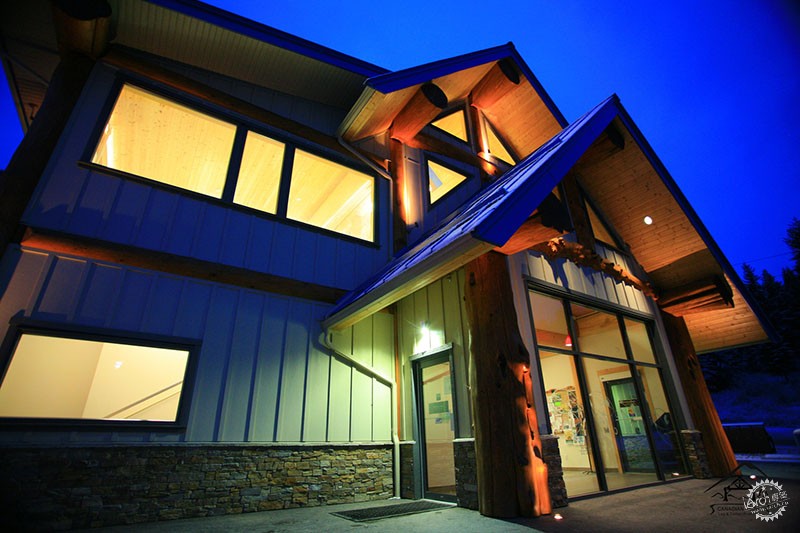
Image © Sperlich Log Construction Inc
每个社区都采取了人工建造方式,因为这些项目往往来源于社区的投资。研讨会的报告指出,“项目管理和施工大部分由当地社区监督完成”,这说明最好的本土项目往往能够促进社区的就业机会、技术进步、工作成就感,以及社区归属感。
3. Involvement
Each community took a hands-on approach to the building process, as each building was built through large community contributions. According to the report, "project management and the majority of the construction was done by Indigenous-owned entities employing local Indigenous tradespeople." This exemplifies best practices in "employment, skills development, pride in the work and a sense of community ownership" as they relate to architectural co-design.
4、影响作用
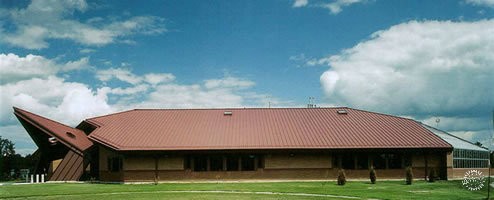
Image © www.mmmc.on.ca
最终的成果是此类设计的重要组成部分,成功的社区建筑的设计与建造包含了前文提及的诸多因素,而合作的密切程度也往往体现在后期的建成项目之中,这些项目不仅能够表达社区特征,同时也对社区有一定的影响作用。
4. Impact
The end result is perhaps the most important aspect of this type of design. Creating buildings that resonate with the community and will be of lasting value encapsulates all of the other best practices previously mentioned. The collaborative process is shown in the finished buildings in how the project not only recognizes the community identity and involvement, but also contributes to carrying on that identity through the design.

Image © www.mmmc.on.ca

Image © Sperlich Log Construction Inc

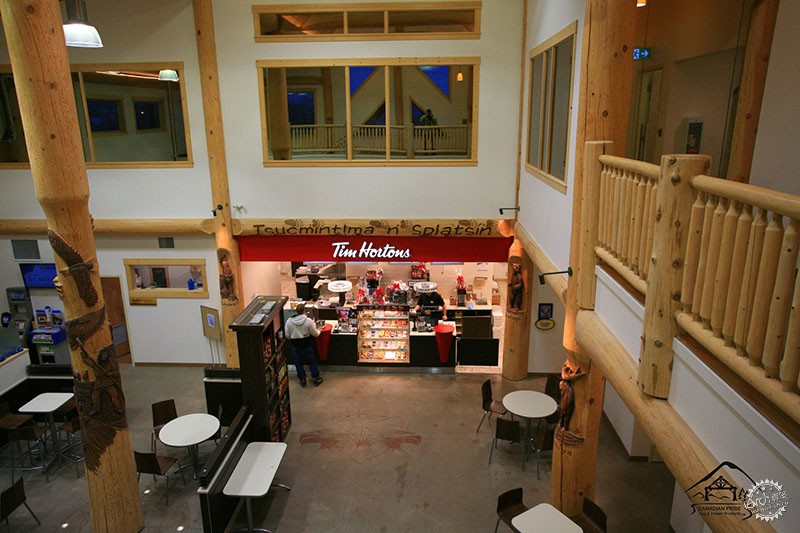

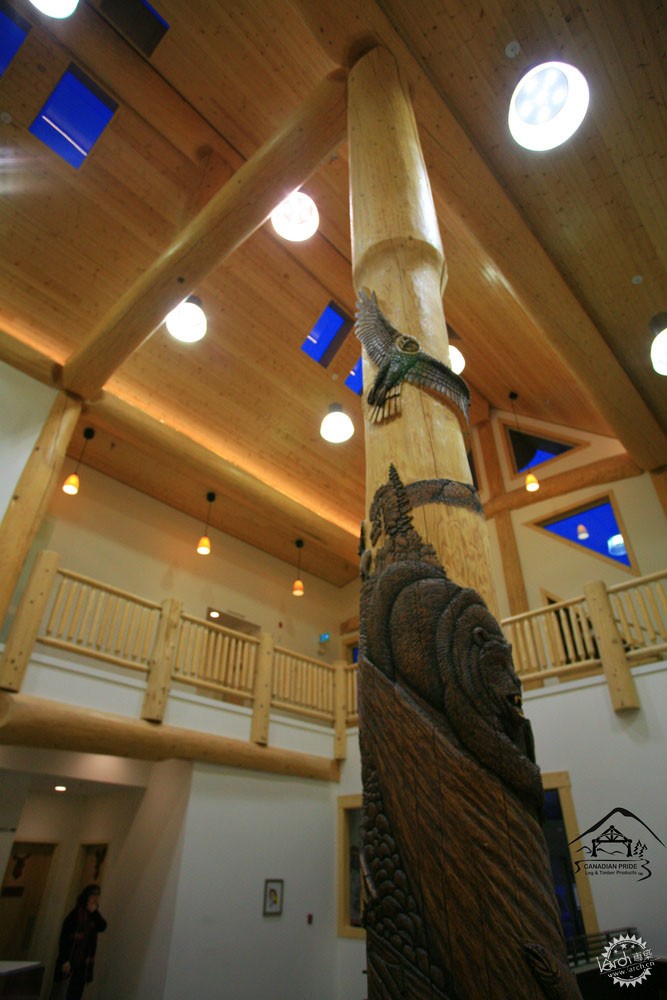
新闻来源:RAIC
News via: RAIC
|
|
